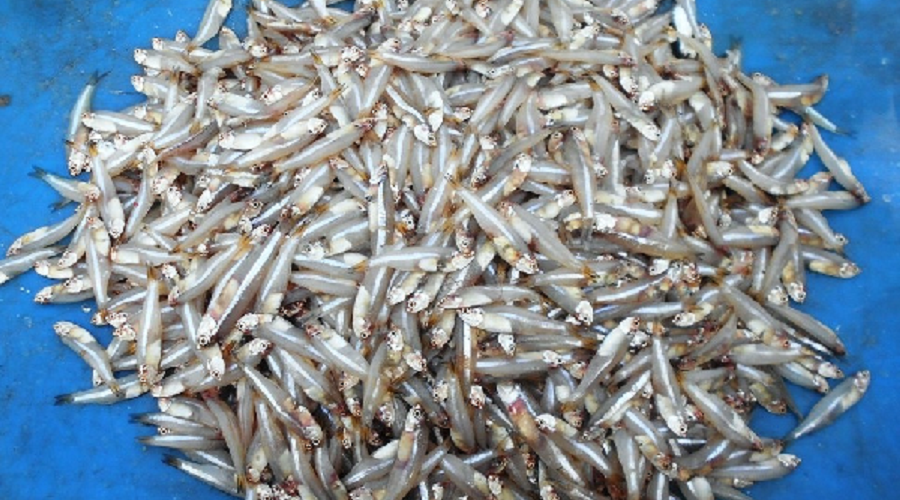
Stolephorus indicus or Indian anchovy. Image by Hamid Badar Osmany, FishBase.
A recent Fisheries Centre Research Report reviews two Indo-Pacific anchovy genera (Encrasicholina and Stolephorus) with respect to their fisheries, contribution to food security and as important baitfish for tropical pole-and-line fisheries.
The dossier, co-authored by Paul J. Dalzella and Antony D. Lewis (†) with a foreword by Daniel Pauly, is meant to compensate for the incomplete inclusion of stolephorid anchovies in the Pacific Islands’ official catch statistics due to the fact that they are mostly used as bait. The reconstructed data will be included in the Sea Around Us database and website.
Stolephorid anchovies are also consumed in varying degrees by 30-50% of the global population, particularly from Southeast Asia to the coast of East Africa. In these regions, they are eaten fresh, dried and fermented into fish sauce and paste. The majority of the stolephorid anchovies landed are Encrasicholina heteroloba, E. pseudoheteroloba, E. punctifer, Stolephorus indicus, and S. commersonnii.
Fishing, thus, impacts stolephorid anchovy populations, but the dynamics of their populations are also strongly influenced by oceanic and climate effects. A principal driver in coastal lagoons is allochthonous freshwater input that, in turn, influences plankton production, especially of copepods, with stolephorid spawning tied to periods of zooplankton blooms.Another major influence is from monsoon-driven upwelling of deeper waters that fertilize the upper surface layers.
To learn more, read the full Fisheries Centre Research Report (FCRR).

